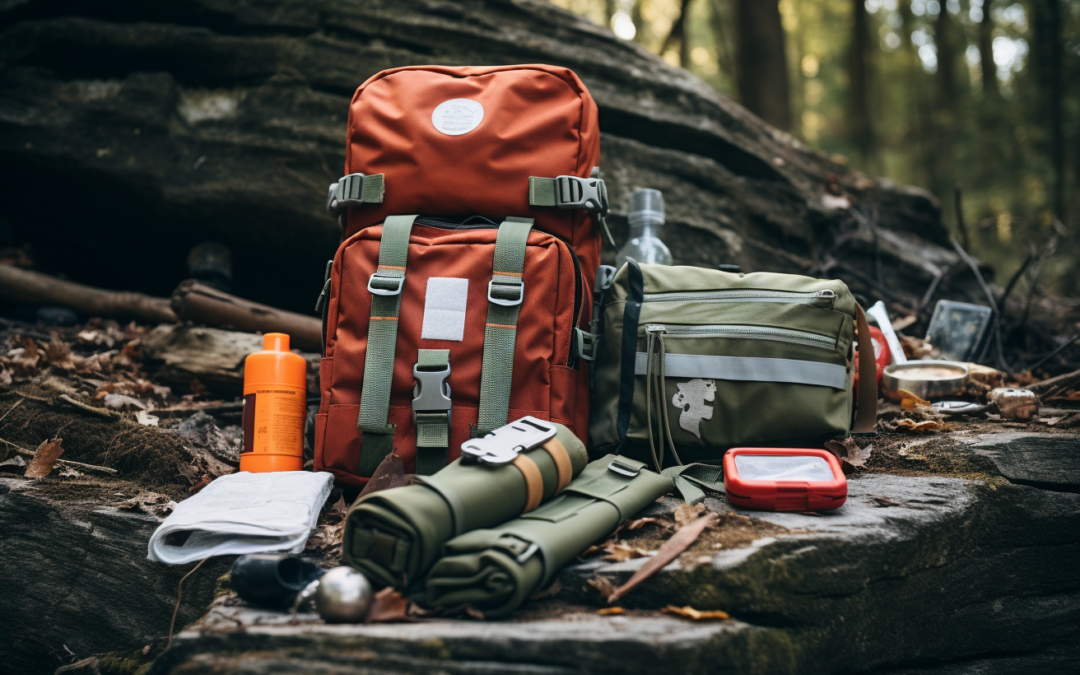From Blisters to Broken Bones: Wilderness First Aid Techniques You Need to Know
Estimated Reading Time: 4 minutes
When venturing into the wilderness, whether for a day hike or an extended camping trip, it’s crucial to be prepared for any medical emergencies that may arise. In remote areas, professional medical help may be hours away, making it essential for outdoor enthusiasts to have knowledge of wilderness first aid techniques. From blisters to broken bones, being equipped with the right skills can make a significant difference in the outcome of an emergency situation.
One of the most common injuries experienced in the wilderness is blisters. Long hikes or ill-fitting shoes can lead to painful blisters that can impede your mobility. Knowing how to prevent and treat blisters can save you from unnecessary discomfort. To prevent blisters, ensure that you wear properly fitted and broken-in footwear, use moisture-wicking socks, and keep your feet clean and dry. If a blister does develop, clean the area, apply a blister pad or moleskin, and avoid popping the blister to prevent infection.
Another common wilderness injury is sprained ankles. Uneven terrain and unpredictable surfaces increase the risk of twisting or rolling your ankle. The RICE method (Rest, Ice, Compression, and Elevation) is an essential technique for treating sprains. Rest the injured ankle, apply ice or a cold compress to reduce swelling, wrap the ankle with an elastic bandage for compression, and elevate the injured limb to minimize inflammation.
Fractures and broken bones can occur in the wilderness due to falls or accidents. It’s important to immobilize the injured area to prevent further damage and reduce pain. Improvisation is key in these situations. Using splints made from available materials such as branches, trekking poles, or even clothing can provide support and stability. Apply padding around the injury site, secure the splint firmly, and avoid unnecessary movement.
Heat-related illnesses are also a concern in the wilderness, especially during hot summer months. Heat exhaustion and heatstroke can be life-threatening if not treated promptly. If someone exhibits symptoms of heat exhaustion, such as excessive sweating, dizziness, or nausea, move them to a cool and shaded area, have them drink fluids, and apply cool compresses to their body. Heatstroke, which is a medical emergency, requires immediate medical attention. Call for help, move the person to a cool area, and lower their body temperature by wetting their clothes or applying ice packs.
Snake bites are rare but can happen in certain wilderness areas. If you or someone you’re with is bitten by a snake, it’s crucial to stay calm and seek medical help immediately. While waiting for medical assistance, keep the affected limb immobilized and at or below the level of the heart. Avoid applying a tourniquet or attempting to suck out the venom, as these outdated methods can do more harm than good.
When it comes to wilderness first aid, being prepared is essential. Pack a well-stocked first aid kit that includes supplies such as bandages, antiseptic wipes, adhesive tape, pain relievers, and a CPR mask. Additionally, consider taking a wilderness first aid training course to enhance your knowledge and skills in handling medical emergencies in remote environments.
By having a solid understanding of wilderness first aid techniques, you can minimize the impact of injuries and potentially save lives. It’s essential to remain calm, assess the situation, and take appropriate action. Remember, prevention is key. Take precautions to avoid common injuries such as blisters and sprains, stay hydrated, and be mindful of your surroundings. With the right preparation and knowledge, you can confidently embark on your wilderness adventures, knowing that you are equipped to handle potential medical emergencies.
Hashtags: #wildernessfirstaid #outdoormedicalemergencies #wildernesssafety #firstaidtechniques #adventurepreparedness

